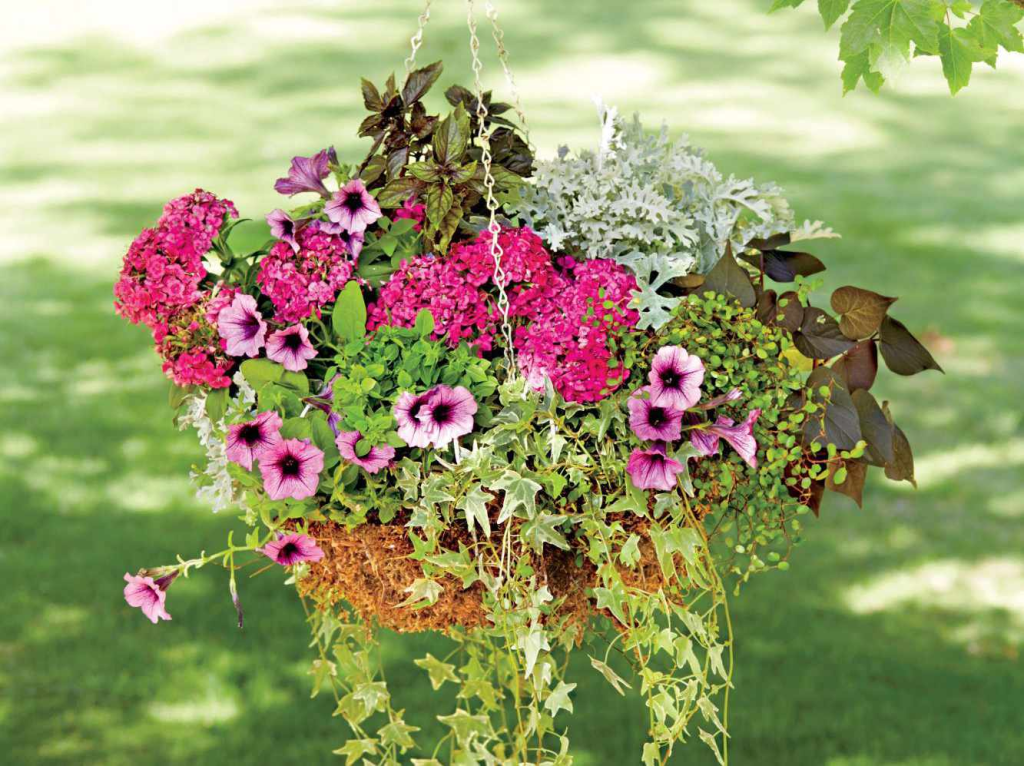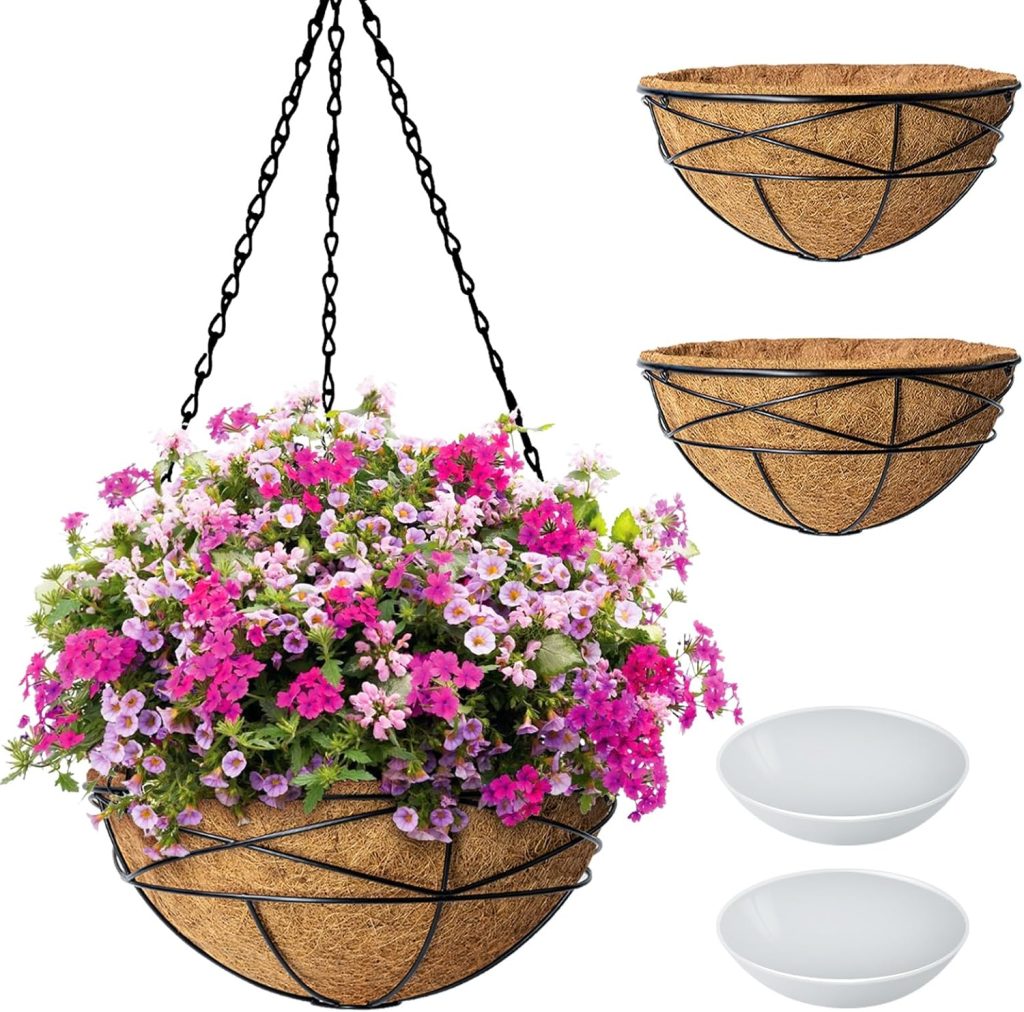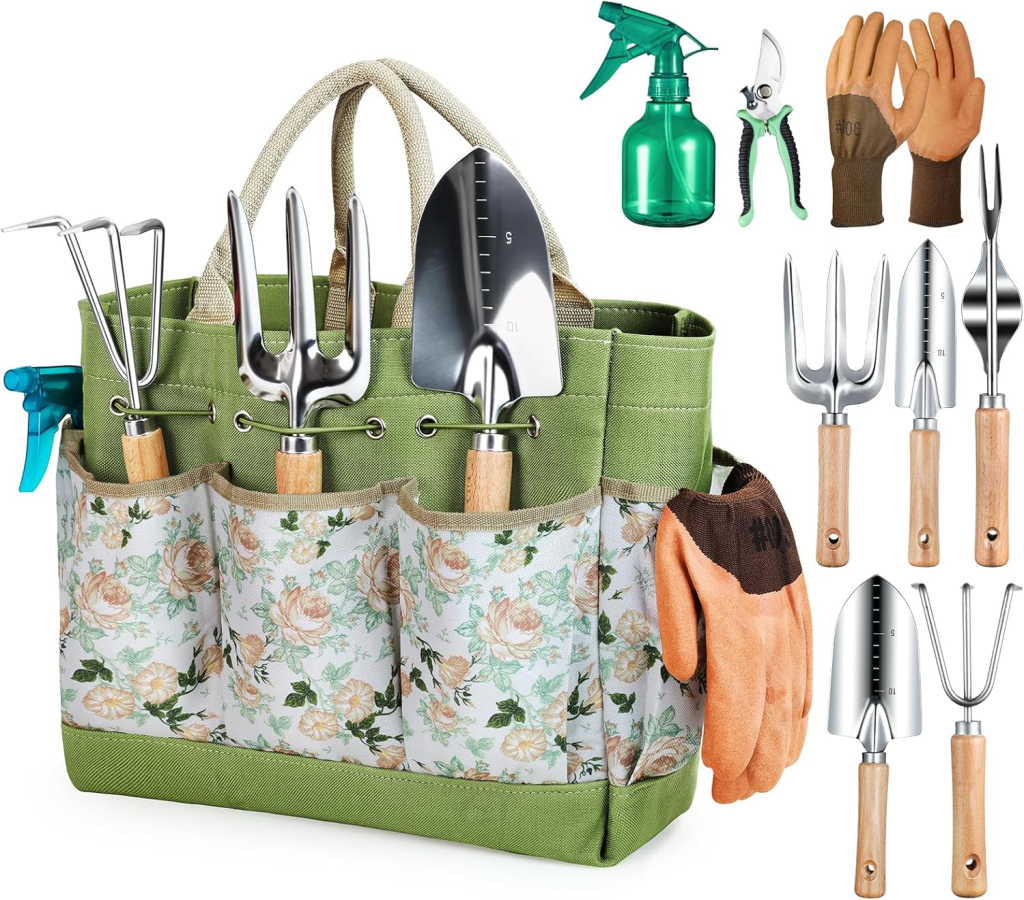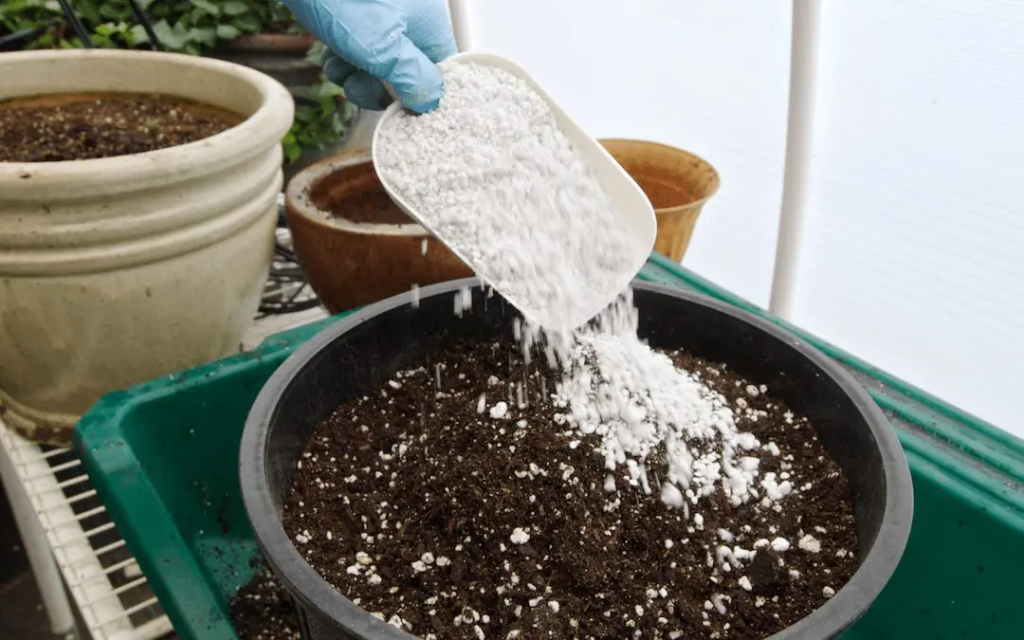A well-placed hanging container garden can turn a plain porch or balcony into a living splash of color. This guide walks through everything needed to build one from scratch, then keep it thriving season after season.
I will share clear steps on choosing sturdy baskets, picking the right plants, arranging layers for visual punch, and keeping soil moist without constant fuss. These fresh vertical gardening ideas show how to stretch limited square footage upward instead of outward, including practical container gardening tips that make care as easy as filling a watering can.
Key Benefits of a Hanging Container Garden

Hanging planters turn blank walls, open vertical areas, and balconies into living art while freeing precious floor space. The benefits of hanging gardens show up first in apartments where square footage is tight. Vertical pots lift herbs and flowers off the ground, a win for small space gardening. Elevation also encourages constant airflow around foliage.
Suspended gardens’ roots systems get more aeration since they are not buried in the ground which keeps soil drainage efficient, and makes soil upkeep easier. This is also crucial in cutting down on mildew and insect troubles for healthier leaves and blooms.
On top of that, watering hanging planters from shoulder height reduces strain in comparison to the constant bending needed watering ground level gardens. Also, eye-level blossoms pop at sightline, adding color and scent in direct view.
What’s not to love about hanging gardens! Up next, how to select the right containers for your plants.
Selecting the Right Containers for Your Plants
Plastic or fiberglass baskets keep weight manageable on porch beams and resist cracking, making them some of the best containers for hanging plants on windy balconies. However, intricately designed lightweight metal baskets can work fine as well


Plastic Hanging Planters W/Trowel Set (L) & Metal Hanging baskets W/Coco Liners (R)
Found On Amazon
For a splash of personality, hanging garden containers can be upcycled from metal colanders, salvaged mason jars, or even painted gutters into creative garden containers once chains and drip holes are in place, giving herbs and trailing flowers a sturdy, lightweight perch that will not strain the ceiling hook.
Then for a more natural look use coco fiber liners. And here’s a smart container drainage tip that keeps roots healthy, punch an extra hole in the fiber, line it with plastic and tuck in a slim layer of perlite and vermiculite since coco fiber dries out very quickly.
Best Plants to Include in a Hanging Garden
Sun-loving petunias top the lineup of best plants for hanging gardens, flowering for months while trailing warmly over the rim.

Pair them with calibrachoa or ivy geranium as colorful trailing plants that hide the pot and add motion. Balance every cascade with an upright “thriller” like compact coleus, salvias, or dwarf grasses so the basket feels full from eye level and above.
For lasting drama try mixed container planting: petunia plus verbena for bloom, sweet potato vine for foliage, and an upright spike of dracaena. All thrive on six hours of light, consistent moisture, and weekly liquid feed, keeping growth rates compatible and colors vivid.
Essential Tools and Supplies for Your Project

Grenebo Gardening 9-Piece Tool Kit
Nothing beats fresh herbs swinging overhead once the right gear is in place. Start with weight-rated hooks or shepherd’s hooks, sturdy chains, and coco-lined baskets so the plants stay secure. Fill each basket with a lightweight peat-and-perlite potting mix that drains fast yet holds air.
A sharp hand trowel, pruning snips, and a moisture meter round out the essential gardening tools for planting and upkeep. Keep a long-neck watering can close. Hanging planters dry faster than ground pots.
Finish by fastening S-hooks or carabiners to anchor points rated for outdoor use, the final step in any safe vertical garden installation. Gather these core hanging garden supplies before planting and everything slots smoothly into place.
Step-by-Step Guide to Setting Up Your Hanging Container Garden
You can begin by scouting a beam or wall bracket that can hold at least 50 pounds. Anchor the hook into a stud or use a toggle bolt so the basket never falls. Line a basket with coco fiber, then fill it two thirds with lightweight potting mix blended with perlite for drainage and vermiculite for moisture retention.

That sets the stage for setting up hanging gardens. Slip trailing plants around the rim and tuck a compact centerpiece, firm the soil, then water deeply. Clip the hanger, check sway clearance, and mix in a slow-release fertilizer for planting container garden success.
Optimal Placement and Light Considerations
Bright bloomers such as petunias and geraniums flourish when a south-facing hook gives them at least six hours of direct sun, so keep hanging garden placement high on your checklist for these high-energy plants.
Varieties tagged “part sun,” including fuchsias, stay happier on an east porch where they catch gentle morning rays for three to six hours while skipping harsh afternoon heat.

Shade lovers like begonias still thrive in a north alcove with bright reflected light and no more than three hours of soft sun. Matching every pot to its specific plant light requirements prevents legginess and boosts bloom count, therefore simplifying ongoing vertical garden care.
Maintaining Your Hanging Container Garden
Consistent rhythm keeps a hanging display lush year-round. Daily checks are the backbone of container garden maintenance: in high heat, give baskets a thorough drink each morning, and again at dusk if soil dries fast. Water until it drips freely to guarantee proper watering.

A balanced, water-soluble fertilizer every two weeks replaces nutrients washed away by frequent watering. Snip off spent blooms and trim straggly stems to spark fresh flowers and fuller growth. During these trims, flip leaves and scan for aphids or mites. Insecticidal soap or a gentle hose blast clears infestations without chemical buildup.
Troubleshooting Common Hanging Garden Issues
Feel the soil, and if it sticks like mud, hold off watering and confirm drainage holes are clear to cure overwatering. Baskets lagging in shade spring back when moved where they catch six hours of bright light daily.
For aphids or mites, a light insecticidal soap mist gives dependable pest control without harming pollinators. Pale foliage signals hunger. Switch to a half strength weekly liquid feed and tuck in slow-release granules to restore micronutrients. Keep these garden troubleshooting moves handy and watch blooms rebound.
Creative Ideas to Inspire Your Hanging Container Garden

Brighten balconies and porches with creative hanging garden ideas that fit any mood. Try themed container gardens like a pollinator mix pairing verbena, lantana, and sweet alyssum or an edible trio of trailing cherry tomatoes, basil, and nasturtium for quick salads.
Mix textures by tucking chartreuse sweet potato vine beneath spiky purple fountain grass then let silver dichondra spill over the rim for contrast. Rotate seasonal blooms such as pansies in spring, petunias for summer heat, and mums each fall to keep color year-round. Keep experimenting and gather fresh vertical garden inspiration every season.
Conclusion
Fresh color at eye level turns a plain balcony wall into living art. Saving floor space, boosting air flow, and keeping herbs within arm’s reach capture the benefits of vertical gardening that indoor and outdoor growers love.
A light potting mix, strong hooks, and regular deep watering set the stage for a successful hanging garden that stays lush through changing seasons.
Hang that first planter, snap a bloom-filled shot, and share your balcony garden wins in the comments below!



2 thoughts on “Hanging Container Garden: Planting, Watering & Balance”